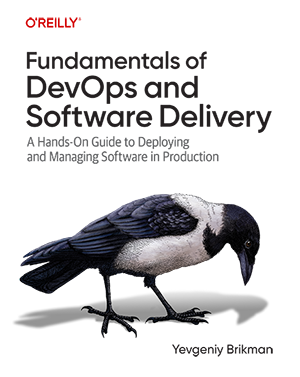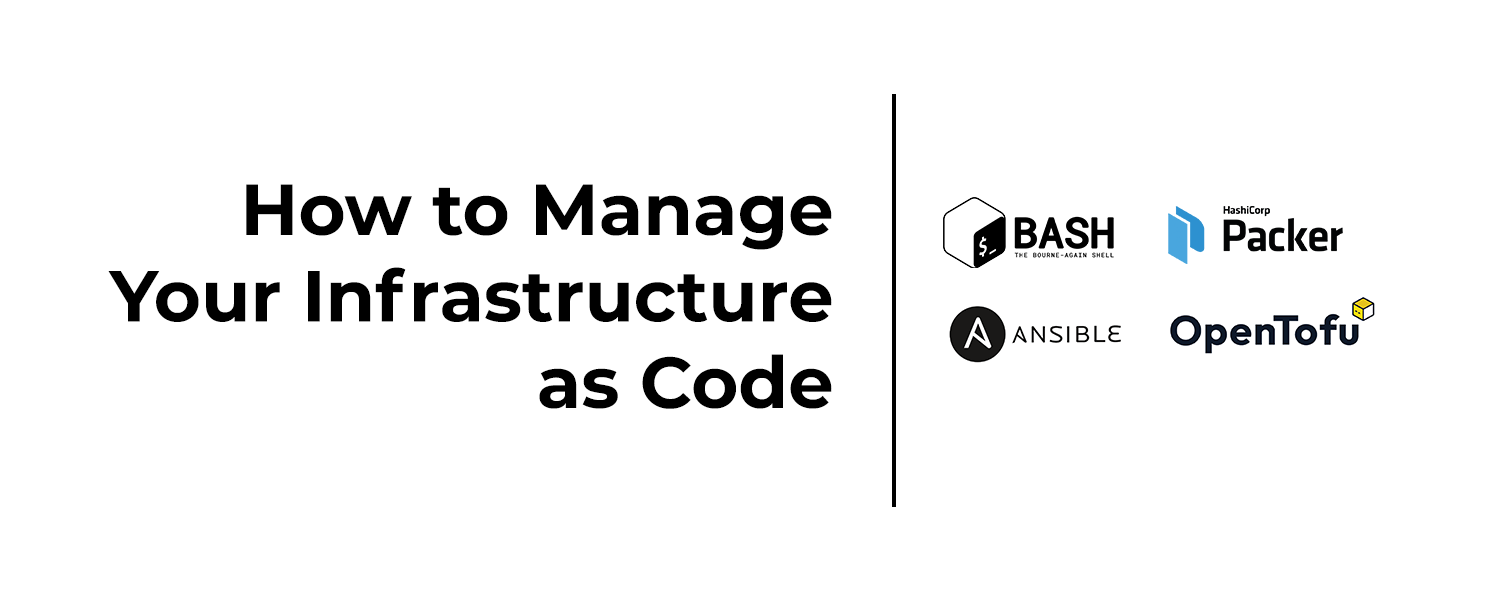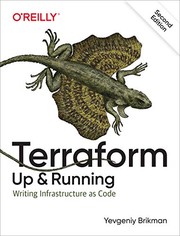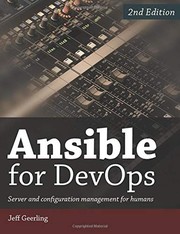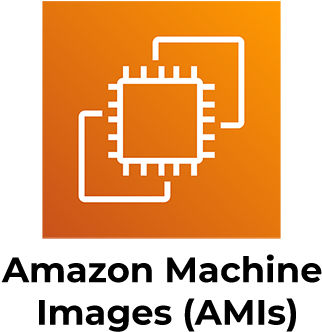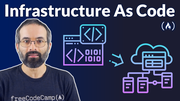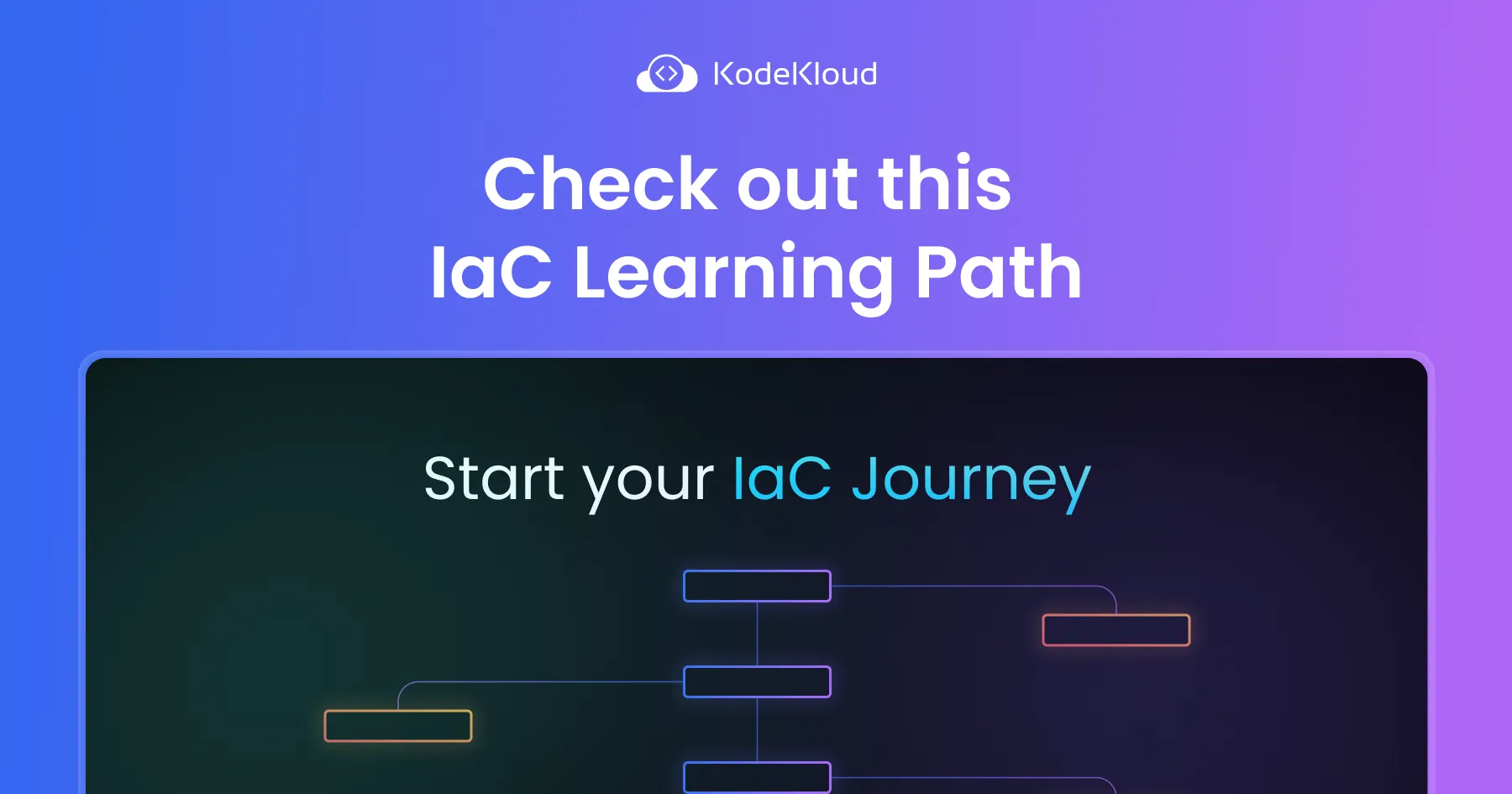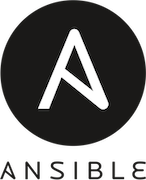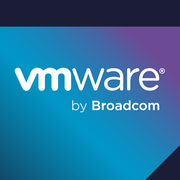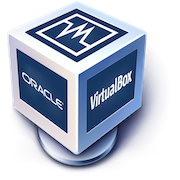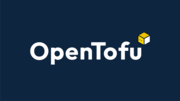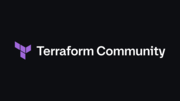Learn how to manage your infrastructure as code using tools such as ad hoc scripts (e.g., Bash, Ruby), configuration management tools (e.g., Ansible, Chef, Puppet), server templating tools (e.g., Packer, Docker), and provisioning tools (e.g., Terraform, OpenTofu, Pulumi).
2.1 The Benefits of IaC
2.2 Ad Hoc Scripts
2.2.1 Example: Deploy an EC2 Instance Using a Bash Script
2.2.2 How Ad Hoc Scripts Stack Up
2.3 Configuration Management Tools
2.3.1 Example: Deploy an EC2 Instance Using Ansible
2.3.2 Example: Configure a Server Using Ansible
2.3.3 How Configuration Management Tools Stack Up
2.4 Server Templating Tools
2.4.1 Example: Create a VM Image Using Packer
2.4.2 How Server Templating Tools Stack Up
2.5 Provisioning Tools
2.5.1 Example: Deploy an EC2 Instance Using OpenTofu
2.5.2 Example: Update and Destroy Infrastructure Using OpenTofu
2.5.3 Example: Deploy an EC2 Instance Using an OpenTofu Module
2.5.4 Example: Deploy an EC2 Instance Using an OpenTofu Registry Module
2.5.5 How Provisioning Tools Stack Up
2.6 Using Multiple IaC Tools Together
2.6.1 Provisioning Plus Configuration Management
2.6.2 Provisioning Plus Server Templating
2.6.3 Provisioning Plus Server Templating Plus Orchestration
2.7 Adopting IaC
2.8 Conclusion
